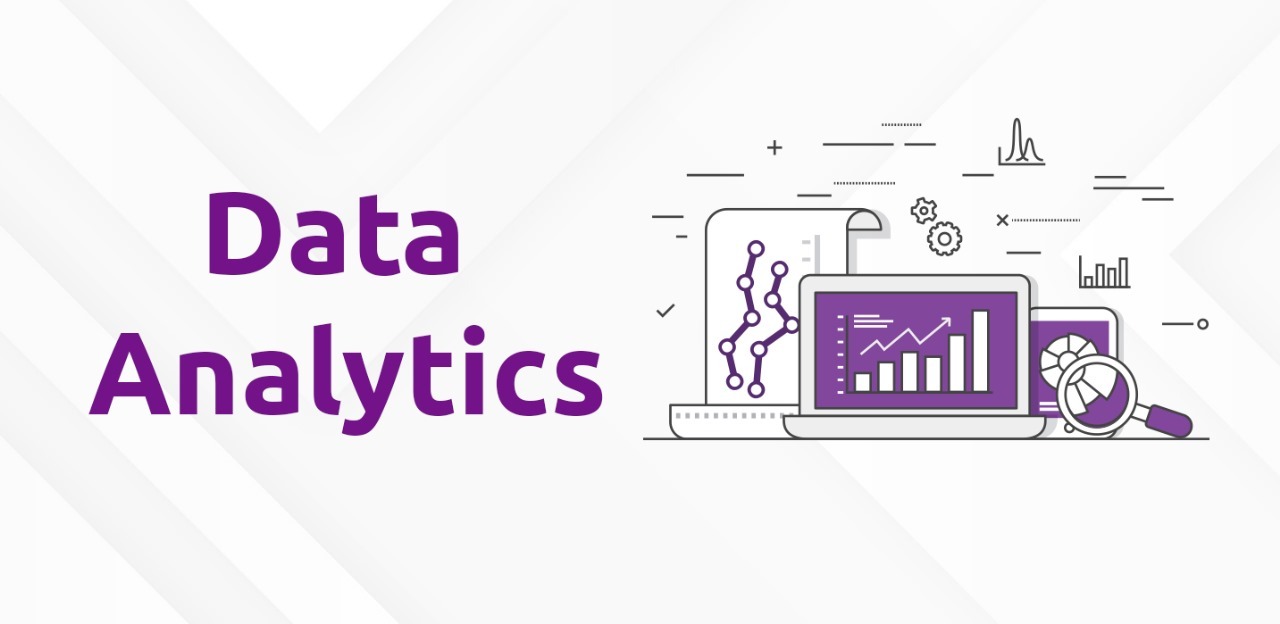Frontend vs. Backend: How Full Stack Developers Master Both Worlds
In the digital age, websites and applications power everything we do. Whether you’re booking a ticket, shopping online, or scrolling through social media, there’s a complex system behind it. This system involves frontend and backend development, the two pillars of web development. A Full Stack Developer bridges the gap between the two, mastering the skills needed for both frontend and backend. In this article, we’ll explore the differences between frontend and backend, the essential full stack developer skills, and how full stack frameworks simplify the process.
Introduction to Full Stack Development Course in Bangalore
If you're interested in becoming a full stack developer, Bangalore is an excellent place to kickstart your career. Known for its thriving tech ecosystem, the city offers various full stack development courses designed to equip you with industry-relevant skills. Explore the benefits of taking a full stack development course in Bangalore and how it can enhance your career prospects.
What is Frontend Development?
Frontend development focuses on the user-facing part of a website or application. It involves creating everything a user sees and interacts with.
Key Components:
- HTML: Builds the structure of web pages.
- CSS: Styles the web pages to make them visually appealing.
- JavaScript: Adds interactivity and dynamic features.
Key Responsibilities:
- Designing responsive layouts.
- Ensuring cross-browser compatibility.
- Improving user experience (UX).
Why It’s Important: A good frontend ensures the website looks attractive and functions seamlessly, enhancing user satisfaction.
What is Backend Development?
Backend development powers the server-side of a website or application. It’s responsible for managing data, security, and the business logic.
Key Components:
- Programming Languages: Popular options include Python, Java, PHP, and Ruby.
- Databases: Tools like MySQL, MongoDB, and PostgreSQL store and retrieve data.
- APIs: Backend systems communicate with the frontend using APIs.
Key Responsibilities:
- Writing server-side logic.
- Managing databases.
- Ensuring application security and scalability.
Why It’s Important: A strong backend ensures the system is efficient, secure, and capable of handling user requests.
How Full Stack Developers Combine Both Worlds
A Full Stack Developer has expertise in both frontend and backend development. They are skilled in building complete web applications from start to finish.
Key Full Stack Developer Skills:
Frontend Skills:
- Proficiency in HTML, CSS, and JavaScript.
- Experience with frontend frameworks like React or Angular.
Backend Skills:
- Understanding of server-side programming languages like Node.js or Python.
- Knowledge of databases and how to interact with them.
Full Stack Frameworks:
- Frameworks like Django, Ruby on Rails, and Express.js streamline the development process. These tools allow developers to work on both frontend and backend with ease.
Version Control:
- Familiarity with Git helps in managing code efficiently.
Problem-Solving and Debugging:
- The ability to identify and fix issues in both the frontend and backend is essential.
Full Stack Frameworks: Simplifying Development
Full stack frameworks integrate frontend and backend technologies, making it easier for developers to build applications.
Examples of Full Stack Frameworks:
- MEAN Stack: Combines MongoDB, Express.js, Angular, and Node.js.
- MERN Stack: Replaces Angular with React for frontend development.
- Django: A Python-based framework that handles both frontend and backend.
Why Use Full Stack Frameworks?
- Faster development with pre-built components.
- Seamless integration of frontend and backend.
- Enhanced scalability and maintainability.
The Advantages of Being a Full Stack Developer
- Versatility: You can work on both client-side and server-side.
- Higher Demand: Companies value developers who understand the complete development lifecycle.
- Better Problem Solving: You can identify and fix issues in both the frontend and backend.
- Cost Efficiency: Companies save resources by hiring one person instead of two.
How to Master Full Stack Development
- Learn the Basics: Start with HTML, CSS, and JavaScript for frontend and Python or Node.js for backend.
- Pick a Full Stack Framework: Choose one like Django or the MERN stack.
- Build Projects: Practice by creating full stack applications.
- Stay Updated: Web development trends change quickly, so keep learning new tools and frameworks.
- Get Certified: Online certifications in full stack development can enhance your resume.
Conclusion
The world of frontend and backend development offers exciting challenges and opportunities. By mastering both, Full Stack Developers can create seamless, efficient, and scalable applications. With the right full stack development course and a commitment to learning, you can thrive in this dynamic field. Embrace the power of full stack frameworks, and you’ll be ready to tackle any project from start to finish!
To learn more about how Full Stack Developers bridge the gap between frontend and backend, check out the full article on Frontend vs. Backend: How Full Stack Developers Master Both Worlds.





